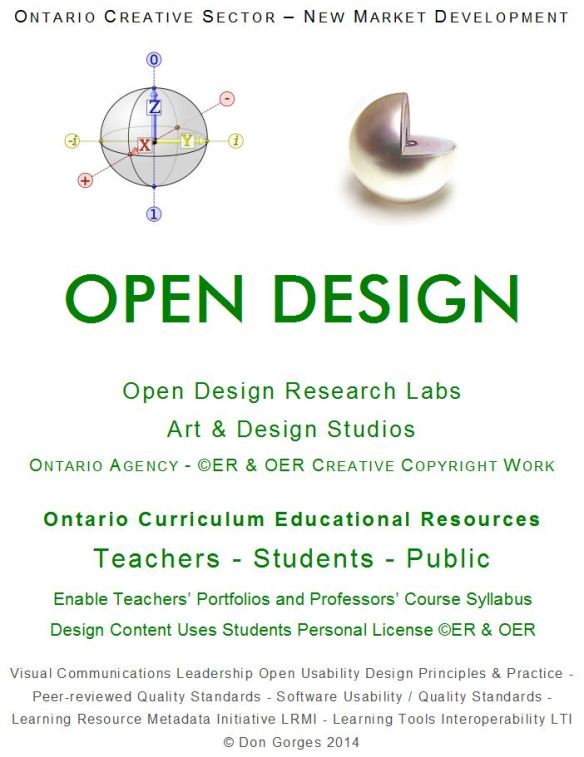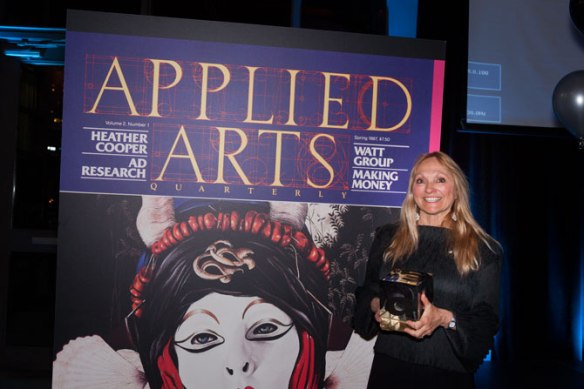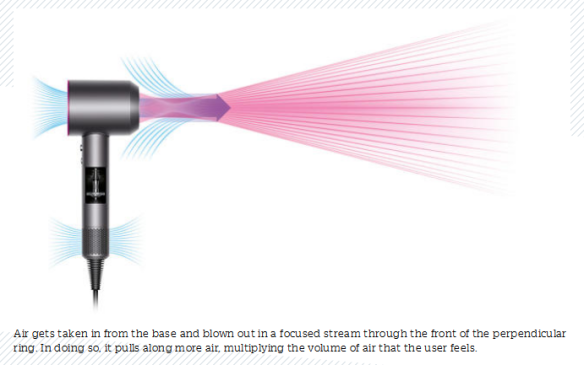
Commenting on Topics with Connected Points of View
Don Gorges likes this
__FYI re: Sci-Hub__Science magazine just published two pieces on the utility of Sci-Hub _ “Who’s downloading pirated papers? Everyone” – by John Bohannon _ “My love-hate of Sci-Hub” by Marcia McNutt _ Slate adds response analysis piece “Everyone” Downloads Research Papers Illegally” By Justin Peters
I am interested in Data on downloads of these original research papers, for comparison. Does the publisher provide a link on the Abstract page to the where one can find the Researchers’ original paper?
Don Gorges commented on this
Don Gorges is now following:
Don Gorges commented on this
Don Gorges likes this
__Sci-Hub stories: Digging into the downloads 2016/04/28 by Elizabeth Hull _There are as many theories and predictions about the impact of Sci-Hub as there are commentators on the Internet. What is lacking is basic information about the site. Who is downloading all these Sci-Hub papers? Where in the world are they? What are they reading?
Don Gorges likes this
_time well spent . . . “a panel discussion on “Next-Generation Digital Platforms,” which was really about a soup of adaptive learning, CBE, and other stuff that the industry likes to lump under the heading “personalized learning” these days. [-] the industry wants to talk about the things that it can do something about—features and algorithms and product design—rather than the really hard and important parts that it has little influence over—teaching practices and culture and other messy human stuff.” __

No Filters: My ASU/GSV Conference Panel on Personalized Learning
ASU’s Lou Pugliese was kind enough to invite me to participate on a panel discussion on “Next-Generation Digital Platforms,” which was really about a soup of adaptive learning, CBE, and other stuff that the industry likes to lump under the heading “personalized learning” these days. One of the reasons the panel was interesting was that we had some smart people on the stage who were often talking past each other a little bit because the industry wants to talk about the things that it can do something about—features and algorithms and product design—rather than the really hard and important parts that it has little influence over—teaching practices and culture and other messy human stuff. I did see a number of signs at the conference (and on the panel) that ed tech businesses and investors are slowly getting smarter about understanding their respective roles and opportunities. But this particular topic threw the panel right into the briar patch. It’s hard to understand a problem space when you’re focusing on the wrong problems. I mean no disrespect to the panelists or to Lou; this is just a tough nut to crack.
I admit, I have few filters under the best of circumstances and none left at all by the second afternoon of an ASU/GSV conference. I was probably a little disruptive, but I prefer to think of it as disruptive innovation.
Here’s the video of the panel:
Don Gorges likes this
__ “Time well spent” is the expectation [content value], since Time will always be scarce.

When Content Is No Longer the Product: Part 3
This is the third article in a three-part series on shifting product models in Higher Education.
In this final post of the series, I will talk about how educational technology companies are introducing new product models to displace the traditional content paradigm.
Down with Content! Long Live Content!
Don Gorges likes this
__Winners Gallery _ http://www.appliedartsmag.com/winners_gallery/ __ and see Anita Kunz OCFA April Variety magazine cover illustration, features the Donald _ https://image-store.slidesharecdn.com/9ea80e5d-7ee8-48dc-82a2-5295dbcb82e5-original.jpeg
Applied Arts Marks 30 Years with the Golden AACE Awards
Last night, Applied Arts magazine honoured three creative industry legends with the Golden AACE Awards at its 30th anniversary celebration, a private event held in Toronto.The Golden AACE Awards recognize the outstanding contributions of Canadian creative leaders whose careers Applied Arts has followed over the last three decades. One Golden AACE Award—a black-and-gold version of the Applied Arts Creative Excellence (AACE) Lucite cubes—was presented in each of the main disciplines covered by Applied Arts: Advertising, Design and Image.
The recipients were:
- Advertising: Paul Lavoie, chairman and chief creative officer at TAXI
- Design: Diti Katona, creative director and partner at Concrete
- Image: Anita Kunz, illustrator
Don Gorges likes this
How Dyson Invented A $399 Hairdryer With Nuclear Tech
Today, Dyson pulled the covers off of a new product, in a new category: a hair dryer, dubbed the Dyson Supersonic.
As you’d expect of any new Dyson product, the Supersonic, which retails for $399, is very expensive, intensely engineered, and comes on the heels of a very long development process. But it sure is nice. “I’ve spent four years trying to get this quiet,” says Tom Crawford, head of the new product’s development, while holding the gadget in a hands-on for Co.Design. The quiet of the thing when turned on at full blast is indeed surprising. The gadget also runs at 73 DB, compared to 80 DB. (Since the decibel scale is logarithmic, a reduction of 7 DB means about 60% less noise.) Even more noticeable is the form factor, which resembles a handheld Dyson fan. Like that fan, the hairdryer sucks in air at the base, then the fan sends it rushing out a thin opening at the edge of the circular rim. The angle of that rim’s face then focuses the air into a carefully calibrated stream.
Don Gorges commented on this
Don Gorges likes this
Don Gorges commented on this
__Note, Guidelines don’t necessarily offer insights into needs/expectations of Continuing Ed Adult Learners or low-income First Generation Community College applicants “The information in this report is based on usability research with users 16–59 years old. We used two different research methods: One-on-one usability testing: moderated in-person testing and unmoderated remote testing Design reviews Representative users, such as high school students, transfer students, master’s degree applicants, and parents of students tested a variety of websites.” __ Report https://www.nngroup.com/reports/university/

University Websites: Top 10 Design Guidelines
Universities that prioritize a good user experience leverage the website to contribute to larger institutional goals and see a clear return on investment. Based on our usability testing, the guidelines in this article can substantially improve the user experience on most college and university sites. The sad conclusion from our research is that most of these sites rank far below the usability levels expected on today’s Internet.
User Research
In preparation for our report on university websites, we tested 57 university sites with 33 users (aged 16 to 68) in the United States, Canada, UK, and Taiwan. We recruited prospective students, both undergraduate and graduate, as well as parents of prospective students, and we asked them to perform exploratory tasks like, “Imagine a teacher recommended that you look at [University]. Browse the website and see if it might be a good option,” and more directed tasks like, “Find out how much it costs to attend [University].” We selected some universities for testing, but we also asked users to do any of their own pending tasks for schools of their choosing.
Don Gorges likes this
Don Gorges commented on this

How PISA Is Changing to Reflect 21st Century Workforce Needs and Skills (EdSurge News)
First administered in the 2000 to assess the quality of education systems across the world, the PISA (short for Program for International Student Assessment) is currently undergoing significant changes.
Andreas Schleicher, the director for the Directorate of Education and Skills at the OECD, believes he has the answers. “We look very carefully at how the world and the skills that people need are changing and then we try to reflect that in our measure,” says the German statistician who has been involved with PISA since its beginning.
From his perspective, collaborative problem solving (CPS) is a skill that is important regardless of where one resides. After a pilot in 2012, the PISA test included a mandatory CPS section in 2015, which all students took alongside with math, reading and science. “We are not doing this because we think it’s just interesting, but we see that kind of skill playing an ever more important role for success in our society,” says Schleicher. In order to evaluate how students collaborate, the OECD developed an exam in which students use a chat tool to talk to team members and solve a problem together.
Don Gorges commented on this
-
__And today’s name change will instantly clean-up our daily “McGraw-Hill Education” news feeds- yes!
Don Gorges likes this
__“The project, called Editoria, will support a robust book production system for academic publishers and library publishing programs that seek a low-cost and efficient mechanism for streamlining their book-publishing activities. The platform will be open source and able to be configured for many different publishing workflows.” __ https://lnkd.in/eDzaZET

Collaborative Knowledge Foundation to Build Open Source Monograph Publishing Platform called Editoria
We’re excited to announce that the University of California Press and California Digital Library have partnered with Collaborative Knowledge Foundation to develop, Editoria, a new open source, digital-first book production platform.
Through the generous support of the Andrew W. Mellon Foundation, the University of California Press (UCP) and the California Digital Library (CDL) have embarked on a project to build an open source platform for content and workflow management of book-length works. The goal of the project is to create a shared resource for presses and library publishers to automate book production in multiple formats using a versatile, web-based production workflow system.
UCP and CDL sought a highly flexible open source platform that could be easily adopted by other publishers. CKF began development on its PubSweet technology framework in October 2015 and early versions of key components are discoverable on GitLab. The platform is component-based, which means that it can be assembled in many different ways to meet the needs of book or journal workflows.

A Moment of Clarity on the Role of Technology in Teaching
With all of the discussion around the role of online education for traditional colleges and universities, over the past month we have seen reminders that key concerns are about people and pedagogy, not technology. And we can thank two elite universities that don’t have large online populations — MIT and George Washington University — for this clarity.
On April 1, the MIT Online Education Policy Initiative released its report,“Online Education: A Catalyst for Higher Education Reforms.” The Carnegie Corporation-funded group was created in mid-2014, immediately after an earlier initiative looked at the future of online education at MIT. The group’s charter emphasized a broader policy perspective, however, exploring “teaching pedagogy and efficacy, institutional business models, and global educational engagement strategies.”
Don Gorges commented on this
__FYI my fellow Ryerson Alumni, I recently researched the History of Ryerson, based upon a work by John Downing – it’s searchable too _ http://library.ryerson.ca/asc/files/2015/04/OCR-History-of-Ryerson-Based-upon-a-work-by-John-Downing-smaller-file-version.pdf

On the record: The importance of universities’ organizational histories | University Affairs
For the sake of institutional memory, universities need to foster a culture of collective documentation. By MELONIE FULLICK | May 29, 2015
[-]
Admittedly, this is a selfish argument I’m making: for dissertation research I’ve struggled to piece together a picture without enough material, and certainly not with relevant material that is readily available from the university library (because it simply doesn’t exist there). This has entailed building my own set of documents pieced together from any sources I could find, which has been a whole other kind of research lesson.
Through this I’ve learned that the difference in culture has a clear effect on the organization’s record of itself, on the stories it tells about itself (and the ones members tell, in the hallways and behind closed doors), and on the ways in which decisions are arrived at and framed. Change agendas are constructed and played out within this context, and organizational discourse helps us learn how that happens. As a researcher who wants to understand this kind of change, even as I search for the important “off the record” information, I have to hope that universities are keeping some of it on the record, too.
https://dongorges.wordpress.com/2016/04/24/2016-04-24-don-gorges-posts-april-4-to-april-24/
Commenting on Topics with Connected Points of View






















Louis Fishauf
I’m especially proud of all the designers that started out as juniors at Reactor (some of them straight out of school) and went on to have illustrious careers. Here are a few of them (in no particular order) Karen Simpson, Diti Katona, Shari Spier, Stephanie Power, Paul Sych, Ann Cooper, Eng C. Lau, Dale Smith, Jacques Pilon, Kimberly Dolan, Martha Weaver, Darren Wilson, John Vickers, Christine Dart. My apologies to anyone I’ve missed.